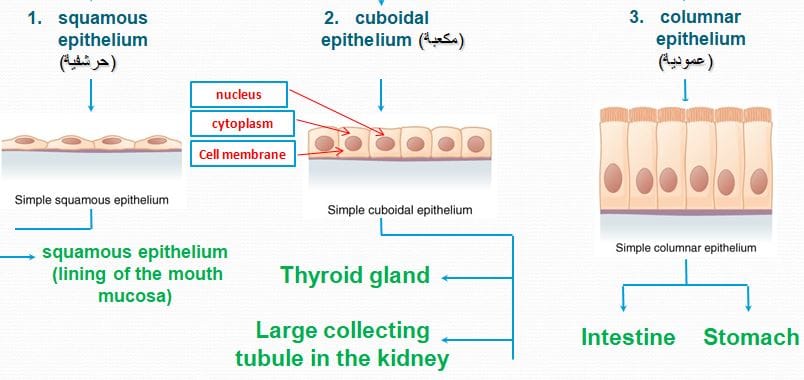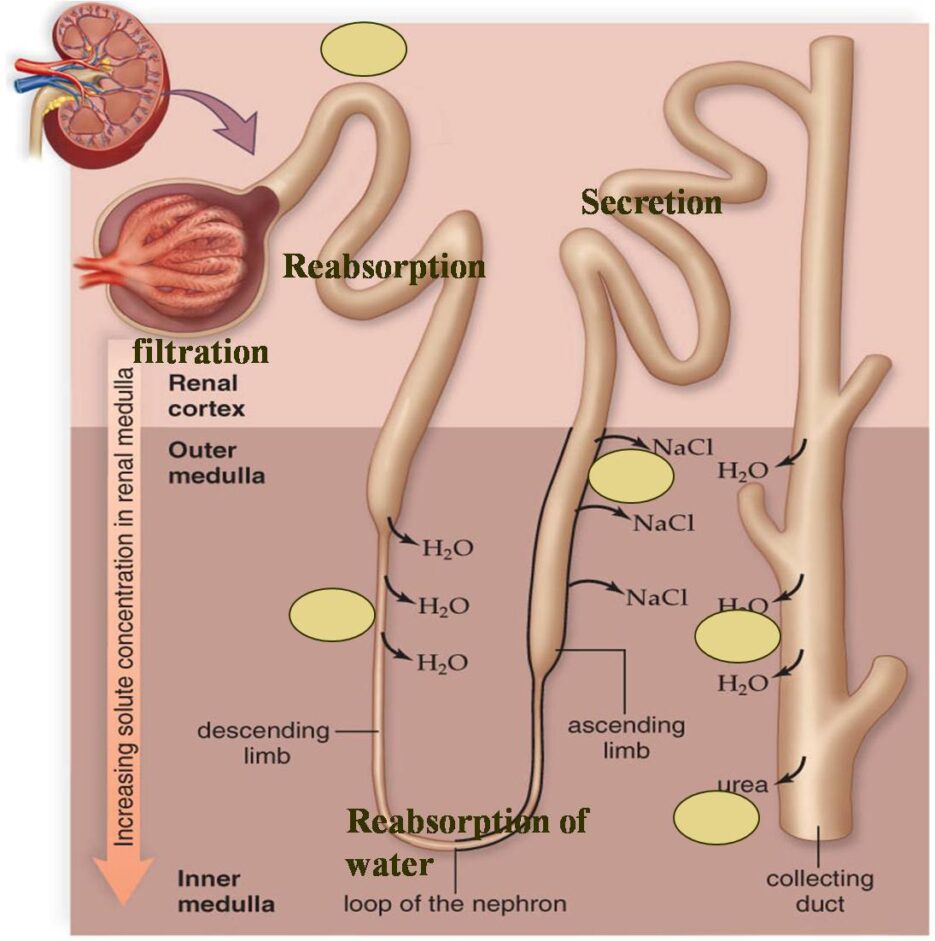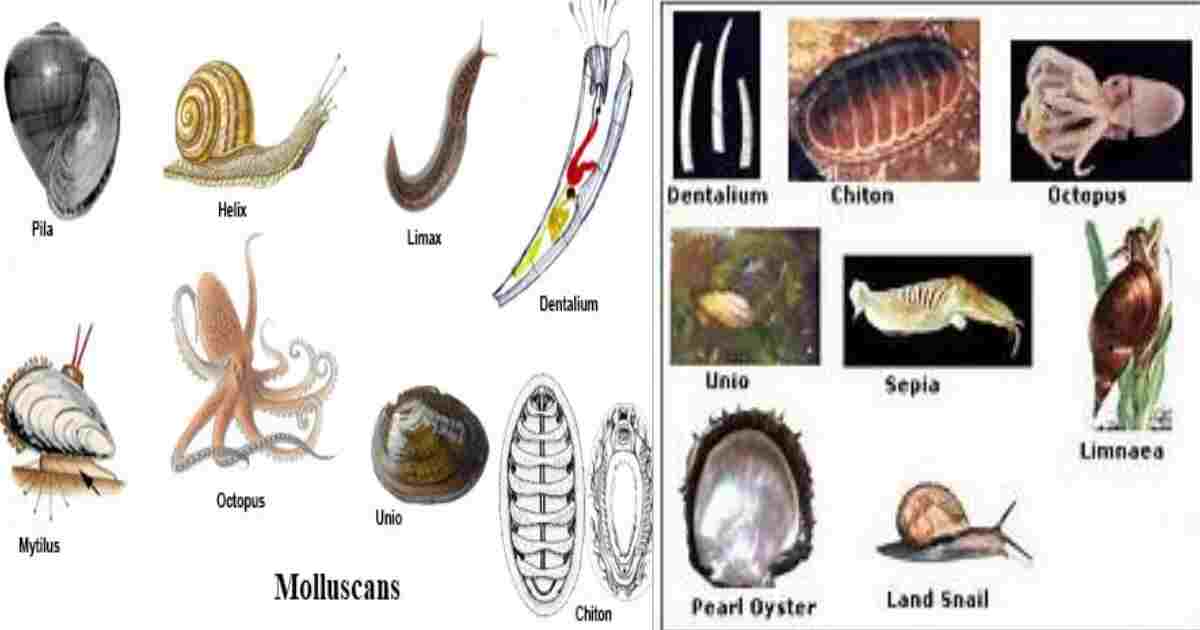Animal Tissue: Animal tissues play a vital role in the structure and functioning of the animal body. They are essential for various physiological processes that enable an organism to survive and thrive.
The study of animal tissues, known as histology, provides insights into how these tissues work together to form organs and systems that are fundamental to life. In this comprehensive guide, we will explore the different types of animal tissues, their characteristics, functions, and examples, giving you a deeper understanding of this fascinating topic.
What Are Animal Tissues?
Animal tissues are groups of cells that are similar in structure and function. These tissues work together to perform specific functions within the body. The main types of animal tissues are epithelial, connective, muscle, and nervous tissues. Each of these tissue types has a unique role in supporting the organism’s health and survival.
Types of Animal Tissue
Animal Tissues are divided as −
➖Epithelial Tissue
➖Connective Tissue
➖Muscular Tissue
➖Nervous Tissue
1. Epithelial Tissue: The Protective Barrier
Epithelial tissue is one of the most important tissues in the animal body. It covers the body surface, lines organs, and forms the glands. Its primary function is protection, but it also facilitates absorption, secretion, and sensation. This tissue is characterized by tightly packed cells that form continuous layers.
Types of Epithelial Tissue:
Squamous Epithelium: Flat and scale-like cells that form the skin’s outer layer.
Cuboidal Epithelium: Cube-shaped cells found in glands and ducts.
Columnar Epithelium: Tall, column-shaped cells that line the stomach and intestines.
Functions of Epithelial Tissue:
- Protection: Forms a barrier to protect internal organs from pathogens.
- Absorption: Epithelial cells in the intestine absorb nutrients.
- Secretion: Glands produce substances like sweat, mucus, and enzymes.
- Sensation: Specialized epithelial cells detect stimuli like touch, temperature, and pain.

2. Connectie Tissue: The Support System
Connective tissue is the most abundant and widely distributed type of tissue in the body. It supports, binds together, and protects other tissues and organs. Unlike epithelial tissue, the cells in connective tissue are spaced farther apart and are embedded in a matrix, which can vary in consistency from fluid (blood) to solid (bone).
Types of Connective Tissue:
- Loose Connective Tissue: Found under the skin and around organs, it cushions and supports.
- Fibrous Connective Tissue: Includes tendons and ligaments, providing strength and flexibility.
- Cartilage: A flexible, rubbery tissue found in joints, nose, and ears.
- Bone: The hard, mineralized tissue that forms the skeleton.
- Blood: The fluid connective tissue responsible for transporting oxygen, nutrients, and waste.
Functions of Connective Tissue:
- Support: Bone and cartilage provide structural support for the body.
- Storage: Stores minerals and fat, particularly in bone tissue.
- Transport: Blood transports oxygen, nutrients, and waste products.
- Protection: Cartilage protects joints and bones from wear and tear.
3. Muscle Tissue: Movement and Force
Muscle tissue is responsible for all movements within the body, both voluntary and involuntary. It is composed of long, cylindrical cells capable of contracting and generating force. There are three types of muscle tissue, each specialized for different functions.
Types of Muscle Tissue:
- Skeletal Muscle: Voluntary muscle attached to bones, allowing movement of the body.
- Cardiac Muscle: Involuntary muscle found in the heart, responsible for pumping blood.
- Smooth Muscle: Involuntary muscle found in the walls of internal organs, such as the stomach and intestines.
Functions of Muscle Tissue:
- Movement: Skeletal muscle moves limbs and other body parts.
- Circulation: Cardiac muscle pumps blood throughout the body.
- Digestion: Smooth muscle helps move food through the digestive system.
- Posture: Skeletal muscles maintain posture and body position.

4. Nervous Tissue: Communication and Control
Nervous tissue is responsible for coordinating and controlling body activities. It is composed of neurons (nerve cells) and glial cells (supporting cells). Neurons are specialized for transmitting electrical signals across the body, enabling communication between different parts of the body and the brain.
Types of Nervous Tissue:
- Neurons: The functional cells of the nervous system that transmit electrical impulses.
- Glial Cells: Non-neuronal cells that provide support, nourishment, and protection to neurons.
Functions of Nervous Tissue:
Perception: Sensory neurons detect stimuli such as touch, sound, and light.
Transmission of Signals: Neurons transmit electrical impulses to and from the brain.
Coordination: Nervous tissue coordinates voluntary and involuntary actions, including muscle movements and glandular secretions.
Importance of Animal Tissues
Understanding animal tissues is crucial for numerous fields, including medicine, veterinary science, and biotechnology. Animal tissue research has led to significant advancements in areas like organ transplantation, stem cell therapy, and tissue engineering.
- Tissue Repair: Understanding how tissues regenerate and repair helps in developing treatments for injuries.
- Cancer Research: Studying abnormal tissue growth can lead to new therapies for cancer.
- Transplants: Knowledge of tissue compatibility is vital for successful organ transplants.
- Cell Culture: Animal tissue cultures are used to grow cells for research and drug development.
- Genetic Engineering: Animal tissues are used in genetic modification and cloning experiments.
Conclusion
Animal tissues are integral to the structure and function of the body. Each tissue type—epithelial, connective, muscle, and nervous—plays a crucial role in maintaining overall health and enabling bodily functions. By understanding the unique characteristics and functions of these tissues, we can better appreciate the complexity of animal biology and the advancements in medical and biotechnological fields.
Read More: Sectioning, Staining, Mounting and Photomicrography



